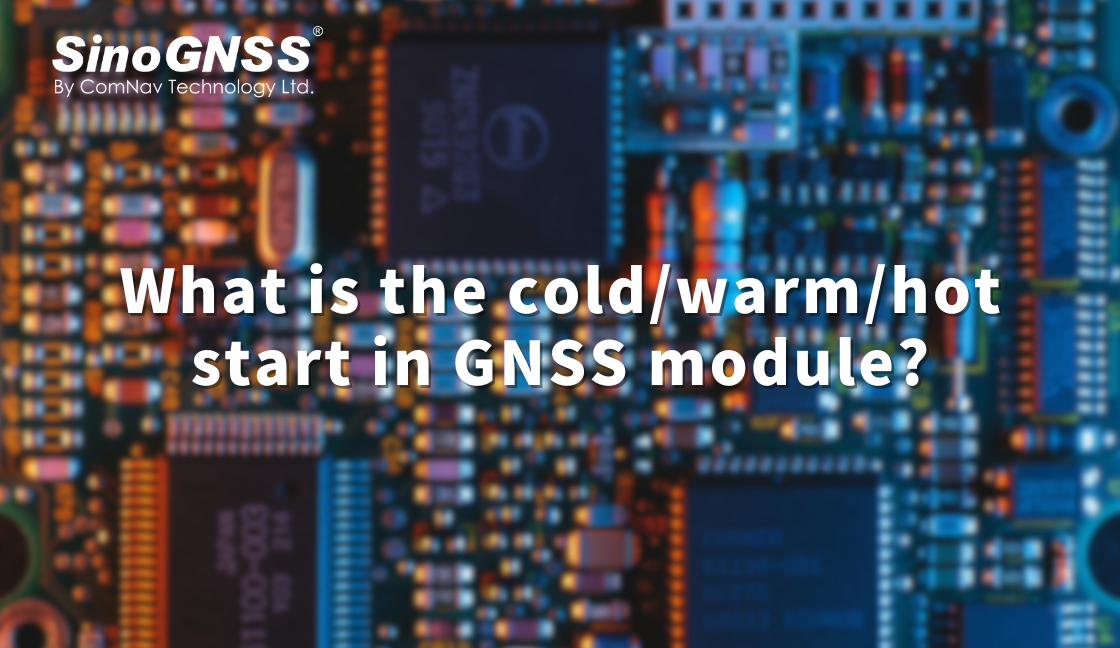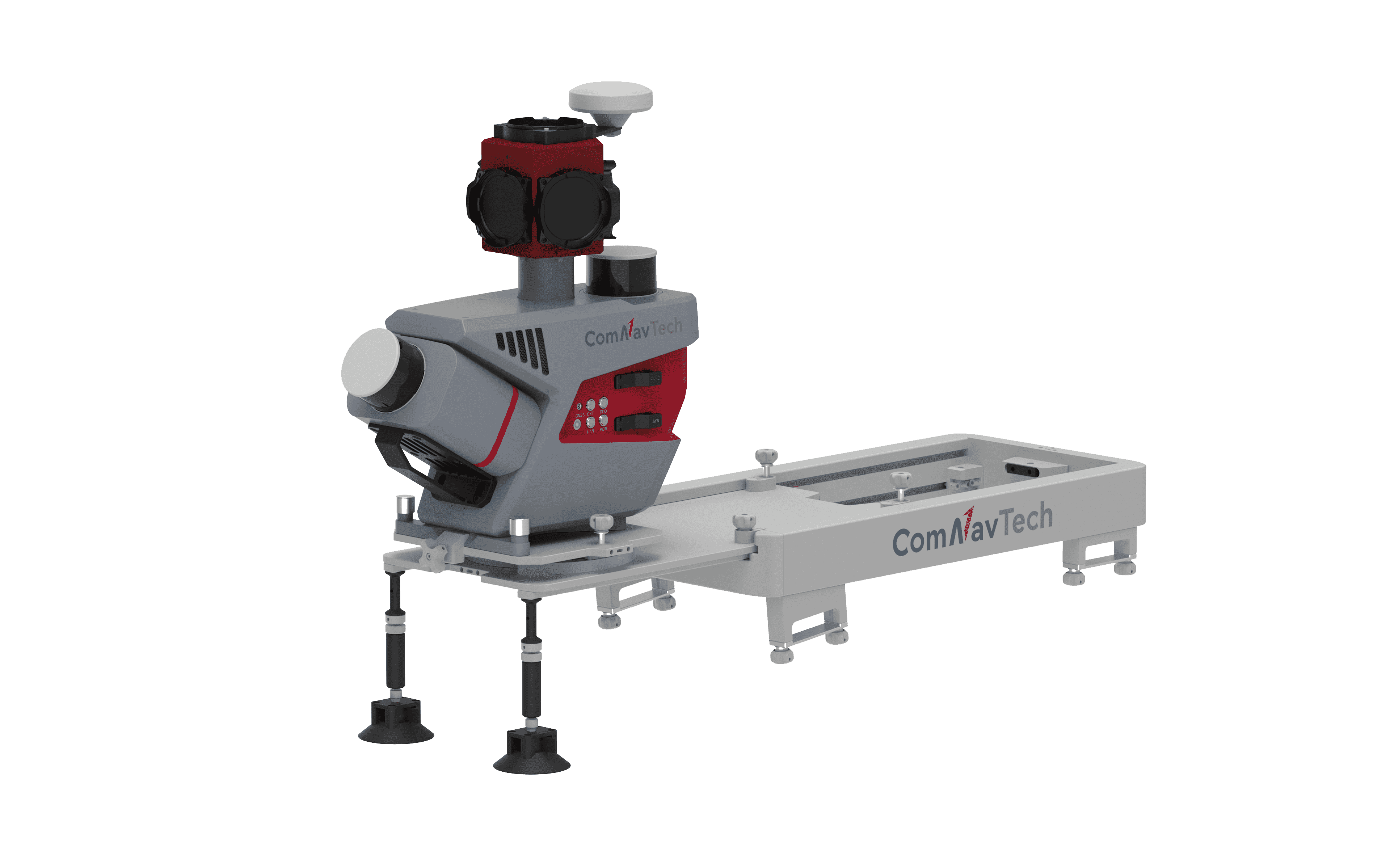What is the cold/warm/hot start in GNSS module?
It is found that it takes some time for a enabled GPS module to obtain signal from enough satellites to determine its location accurately. So why?
Before answering this question, firstly we have to know how many satellites need to be tracked to output positioning data.
The basic positioning principle of GNSS is that the satellite continuously broadcast ephemeris messages that enable the user’s GNSS receiver to determine the satellite’s antenna position when the measurement signal was broadcast (in cartesian X, Y, Z coordinates). Therefore, at least 4 satellites to achieve precise positioning information. The basic requirements are as follows:
| Number of Satellites | Positioning status | |
| 0 | Can’t positioning | - |
| 1 | Can’t positioning | Can update UTC time and date |
| 2 | Can’t positioning | - |
| 3 | 2D Fix,output latitude and longitude | Can update UTC time and date |
| 4 | 3D Fix | Can output altitude |
>4 | 3D Fix | Can output Pseudo-range |
Generally, after the positioning module is powered on, it uses the antenna to track satellites, then parses transmitted message to generates ephemeris internally, finally calculates and obtains current positioning. Due to the difference in signal strength and receiver’s computing capability, it usually takes tens of seconds to several minutes to get fixed solutions. In this process, searching for stars and generating ephemeris files takes the longest. The length of the positioning time is also related to the way the module is started and the environment it is in.
The GPS within the module can boot up in one of three modes based on speed of positioning: Cold Start, Warm Start and Hot Start.
Cold start
Cold start means forced boot by hardware. After cold start, the module clears all historical information and there’s no stored ephemeris in the local flash. GNSS module can not perform normally and needs to re-acquire coordinate data when the satellite parameters are lost, or the existing parameters are too different from the received satellite parameters. However, it will take a long time to regain the data since the loss of previous satellite information. For example, when 1) module is used for the first time, 2) ephemeris information is lost due to the exhaustion of the battery, 3) the module is restarted after restoring the factory settings. Generally, it takes more than 30 seconds to establish a position.
Warm start
Warm start refers to the boot exceeding 2 hours since the last positioning. In this situation, the module has stored the satellite position, almanac and UTC time calculated at the last moment, but the previously stored ephemeris has changed, which means the saved content is inconsistent with the current visible satellite data and and the previous satellites cannot be received as time is more than two hours. Thus, GNSS module needs to re-searching for stars to to complete the location information. Therefore, the speed of warm start is between cold start and hot start. Nowadays, warm start is gradually canceled as the mode parameters between the cold start and the warm start can be very close with the prior art.
Hot start
The GPS starts up in this mode when module has not been moved too much at the place where it was shut down last time and time is within at least 2 hours to shut down so that modules keep the record of the position, almanac and UTC time of the last calculated visible satellite. After restarting, The module can obtain and calculate the positioning based on the previously saved content. In this mode, the module rapidly obtain the current positioning through software, like performing some pre-start saving and restarting command.
SinoGNSS K8 GNSS module: cold start within 20s
The latest K8 series modules built in high-precision SoC chips with optimized baseband satellite tracking algorithm, which can capture satellite signals in a short period of time and more satellites are computed, so that availability, accuracy and reliability are improved in a large extent, especially in complex environment. Additionally, the more channels a GNSS module has, the more satellites it can track. The baseband processing unit decodes the satellite signal and obtains the satellite message. The signal of each satellite needs a separate channel for processing, for example if there are 100 satellites and 2 frequency bands, it needs 200 channels to effectively process this information. The embedded SoC chip has 965 channels in total, which can process the current and future GNSS signals.
The fixed time of K8 series modules for a cold start is within 20s in the open environment, which largely contributes to it’s capability of tracking B2b signal with the optimized baseband satellite tracking algorithm in GNSS chip. As the period of B2b broadcast ephemeris is short, using the telegram information parsed by B2b can quickly collect satellite ephemeris and satellite clock information, so that the cold start time is shorter.
About ComNav Technology
ComNav Technology develops and manufactures GNSS OEM boards and receivers for high precision positioning demanded applications. Its technology already been used in a wide range of applications such as surveying, construction, machine control, agriculture, intelligent transportation, precise timing, deformation monitoring, unmanned system. With a team dedicated for the GNSS technology, ComNav Technology is trying its best to supply reliable and competitive products to worldwide customers. ComNav Technology has been listed on the Shanghai Stock Exchange (Science and Technology Board), securities :ComNav Technology (Compass Navigation), Stock code: 688592.
About SinoGNSS®
SinoGNSS® is the official trademark of ComNav Technology Ltd., registered in People's Republic of China, EU, USA and Canada. All other trademarks are the property of their respective owners.
About ComNavTech®
ComNavTech® is the official trademark of ComNav Technology Ltd., registered in People's Republic of China, EU, USA and Canada. All other trademarks are the property of their respective owners.
About ComNav Technology
ComNav Technology develops and manufactures GNSS OEM boards and receivers for high precision positioning demanded applications. Its technology already been used in a wide range of applications such as surveying, construction, machine control, agriculture, intelligent transportation, precise timing, deformation monitoring, unmanned system. With a team dedicated for the GNSS technology, ComNav Technology is trying its best to supply reliable and competitive products to worldwide customers. ComNav Technology has been listed on the Shanghai Stock Exchange (Science and Technology Board), securities :ComNav Technology (Compass Navigation), Stock code: 688592.
About SinoGNSS®
SinoGNSS® is the official trademark of ComNav Technology Ltd., registered in People's Republic of China, EU, USA and Canada. All other trademarks are the property of their respective owners.
About ComNavTech®
ComNavTech® is the official trademark of ComNav Technology Ltd., registered in People's Republic of China, EU, USA and Canada. All other trademarks are the property of their respective owners.






